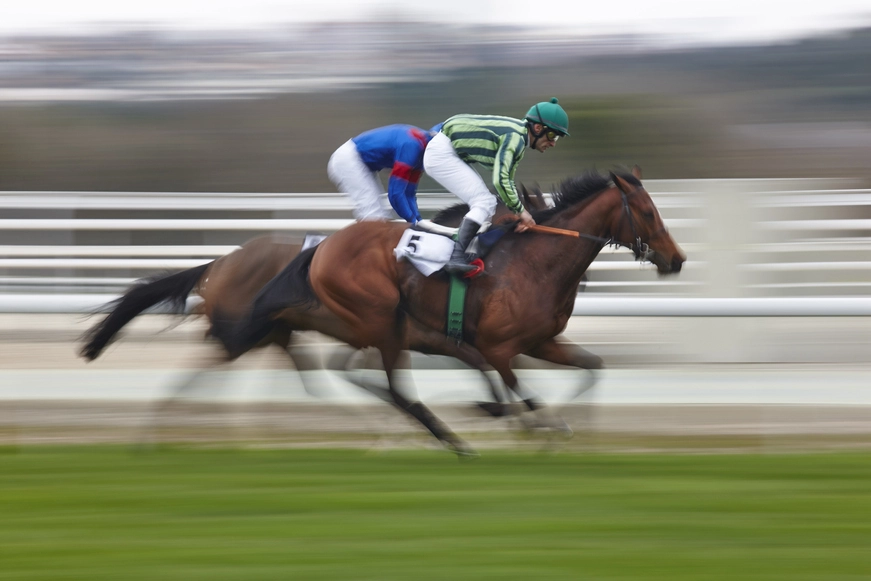One of the most crucial parts of a racecard is the horse’s form. This indicates the horse’s finishing position in its recent races. The numbers to the left of the dash represent the previous year’s results, while the current year’s result is the numbers to the right. If the horse fails to finish in the top 9, they will get a 0.
But there are some instances where you will see letters instead of numbers on the form, which means the horse is involved in some kind of incident. This includes:
P – the jockey pulled up the horse
F – horse fell
R – horse refused
B – another runner brought the horse down
U – horse unseated the jockey
D – the horse is disqualified
HR – horse hit the rail
L – horse left at the start
V – void race

















